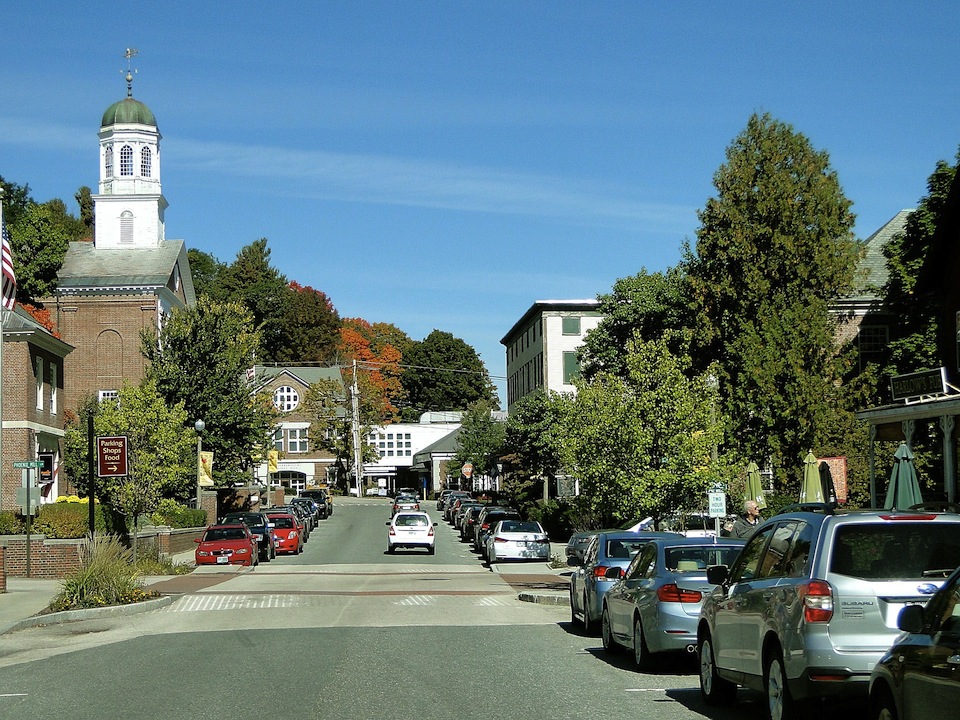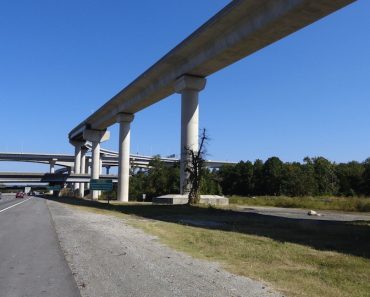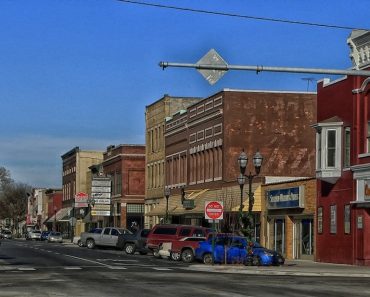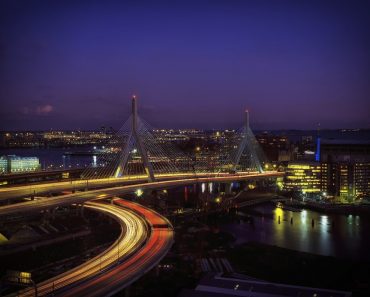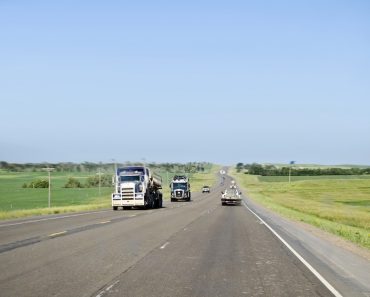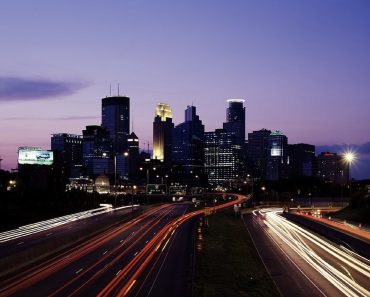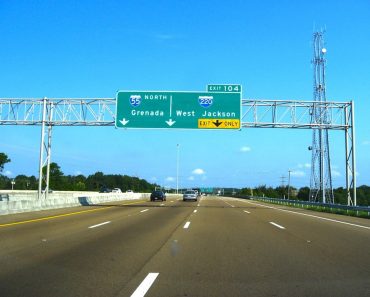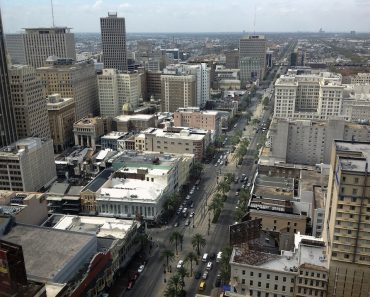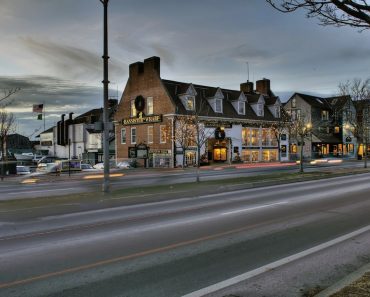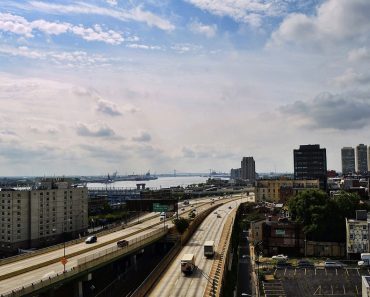In New Hampshire the highest speed limit is posted at 70 mph (113 km/h). It can be found on Interstate 93 from mile marker 45 to the Vermont border (excluding the Franconia Notch Parkway). All other freeways and turnpikes have a maximum speed limit of 65 mph (105 km/h). The minimum speed on Interstate Highways in New Hampshire is 45 mph (72 km/h) where posted.
The speed limit on Interstate 93 through Franconia Notch State Park falls to 45 mph (72 km/h) where the highway narrows to one lane in each direction, but rises back to 70 mph (113 km/h) (in 10 mph / 16 km/h increments going south) once the highway leaves Franconia Notch. Interstate 393 in Concord has a 55 mph (89 km/h) posted speed limit for its entire length, with the exception of 45 mph (72 km/h) and 35 mph (56 km/h) zones on the westbound portion closest to the city center and the end of the highway. Interstate 293’s speed limit through downtown Manchester falls to 50 mph (80 km/h) as it runs along the Merrimack River, but increases to 55 mph (89 km/h) on either side of the city center.
The limit for “rural residential districts” and Class V highways outside the city or town compact is 35 mph (56 km/h). The limit for any “business or urban residence district” is 30 mph (48 km/h). School zones receive a 10 mph (16 km/h) reduction in the limit 45 minutes before and after the beginning and end of a school day. The speed limit for a road work or construction area is 10 mph (16 km/h) lower than the normal speed limit, but not more than 45 mph (72 km/h), when work is in progress. The speed limit for all other locations is 55 mph (89 km/h). The minimum limit that a speed can be set in a rural or urban district is 25 mph (40 km/h).
